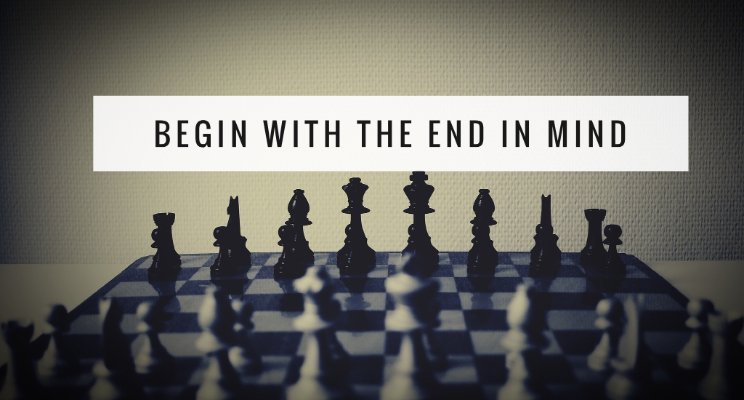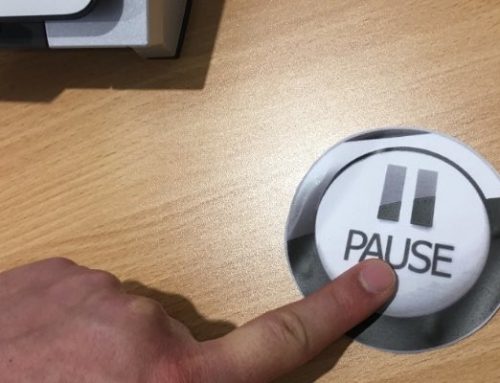Don’t know where to start? Begin with the End in Mind.
A practical step-by-step framework for any type of communication
Did you ever give a presentation or chair a meeting that made no sense and wasted people’s time ? Or did you lead an important discussion that went nowhere? I think we’ve all been there. (Or perhaps, we ourselves have attended such flawed events!)
What happens when you don’t have a plan? Confusion, annoyance and disengagement. In other words, people tune out, you feel defeated and the whole message and purpose are lost.
That’s not a good feeling. Plus, it’s a royal waste of time and energy for everyone.
And yet, there are a few simple things you can do to give your meetings, presentations, discussions or even emails shape, purpose and impact so that people listen and walk away satisfied.
I’d like to share with you a really useful tool I learned many years ago from Dr. Nick Morgan, a well-known public speaking coach. This simple tool will help you when you’re feeling stuck or overwhelmed with how to craft a message that is clear and makes sense.
Here it goes: Start with the end in mind.
What does this mean?
It means, determine what you want your audience, team members, clients, etc. to know and do by the end of your talk.
If you can identify what you want to achieve by the end of your meeting, discussion or presentation you’re off to a good start! Identifying the aspired end result – in other words, your “Big Idea” – will give focus, shape and direction to your talk.
Let me give you an example:
“By the end of my meeting, I want my clients to be inspired by our new product and commit to investing in its rollout.”
Or, “By the end of my presentation, I want my team members to understand the need to change our current system and support my new initiative.”
The clearer you are on your end goal, the clearer your purpose will be. And the clearer your purpose, the easier it’ll be for you to convey your supporting ideas, and to make them palatable for your listeners on the receiving end.
Once you’ve identified your end goal, you then work backwards. Now, ask yourself, “How am I going to support my Big Idea?* What can I say or share that will give weight or momentum to it?”
Try structuring your talk in no more than 3 to 4 supporting points or discussion items. This keeps things succinct and focused on your projected outcome.
This simple framework narrows down your thought flow and keeps everything transparent and manageable. The outcome: increased clarity, engagement and satisfaction. Really, it’s a win-win for everyone. You gain from it because it’s easier to convey your message, and the audience gains, because it’s simpler for them to follow.
So, next time you’re feeling overwhelmed by too many ideas and how to start, begin with the end in mind…and work backwards.
Many of my clients have implemented this framework into their preparation, and it has worked miracles in keeping meetings, presentations and discussions on track.
Give it a try – I know you won’t be disappointed. (And thank you, Nick Morgan).
Sylvia Larrass is a Public Speaking and Voice Coach in Ottawa, Canada’s capital. She trains professionals in the government and private sector in leadership and presentation skills.
* Nancy Duarte refers to the “Big Idea” in her book, “Resonate”




